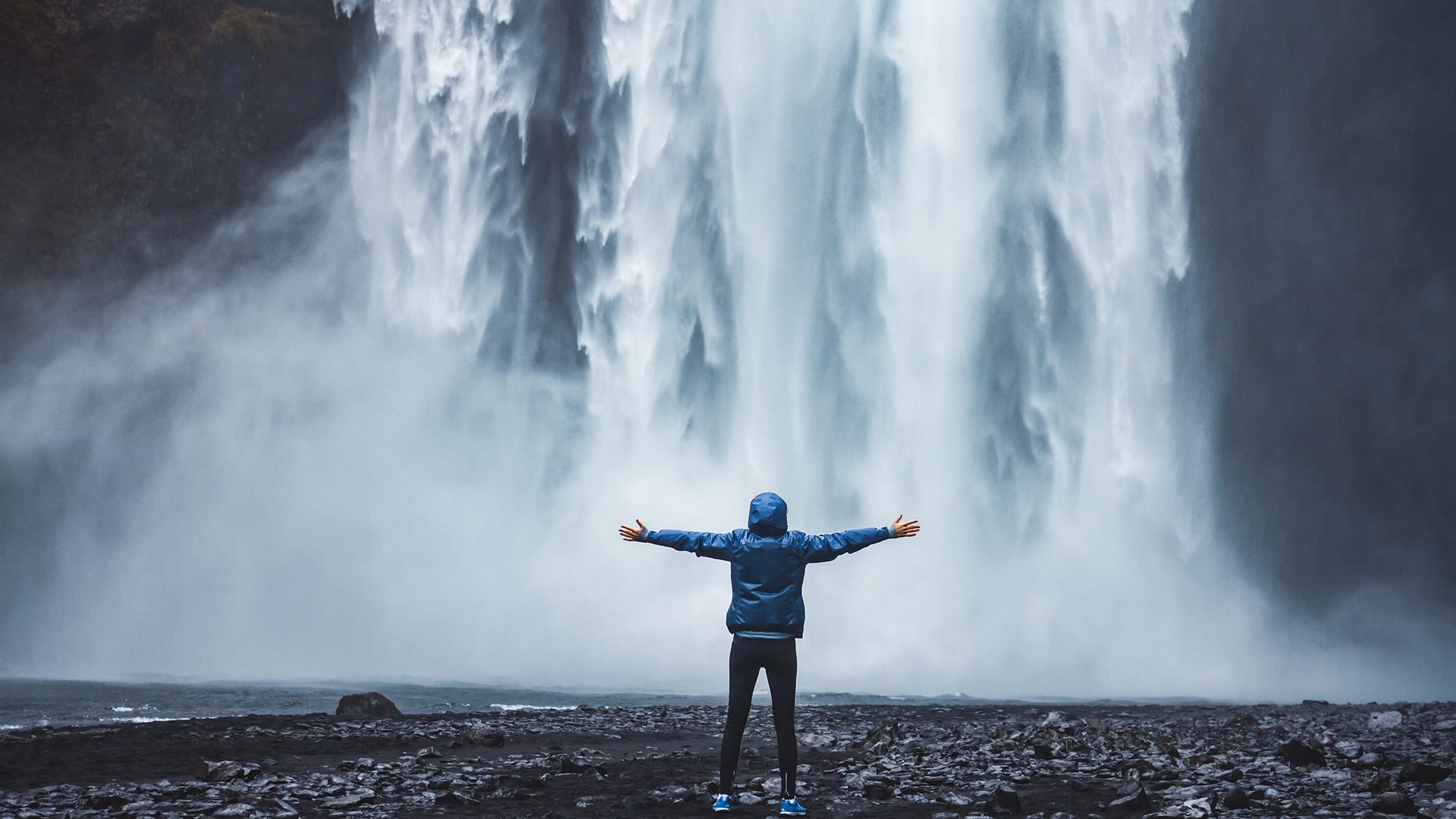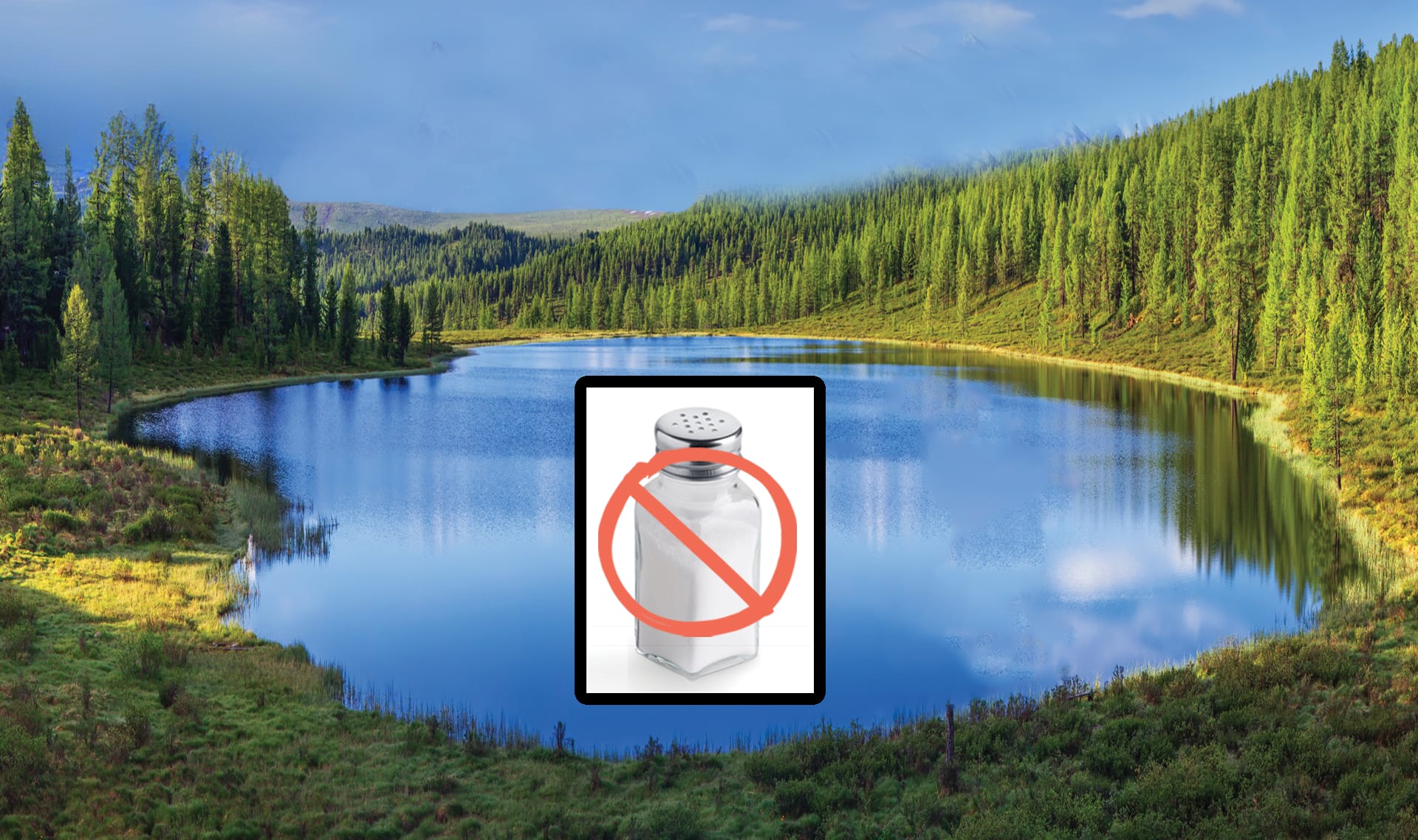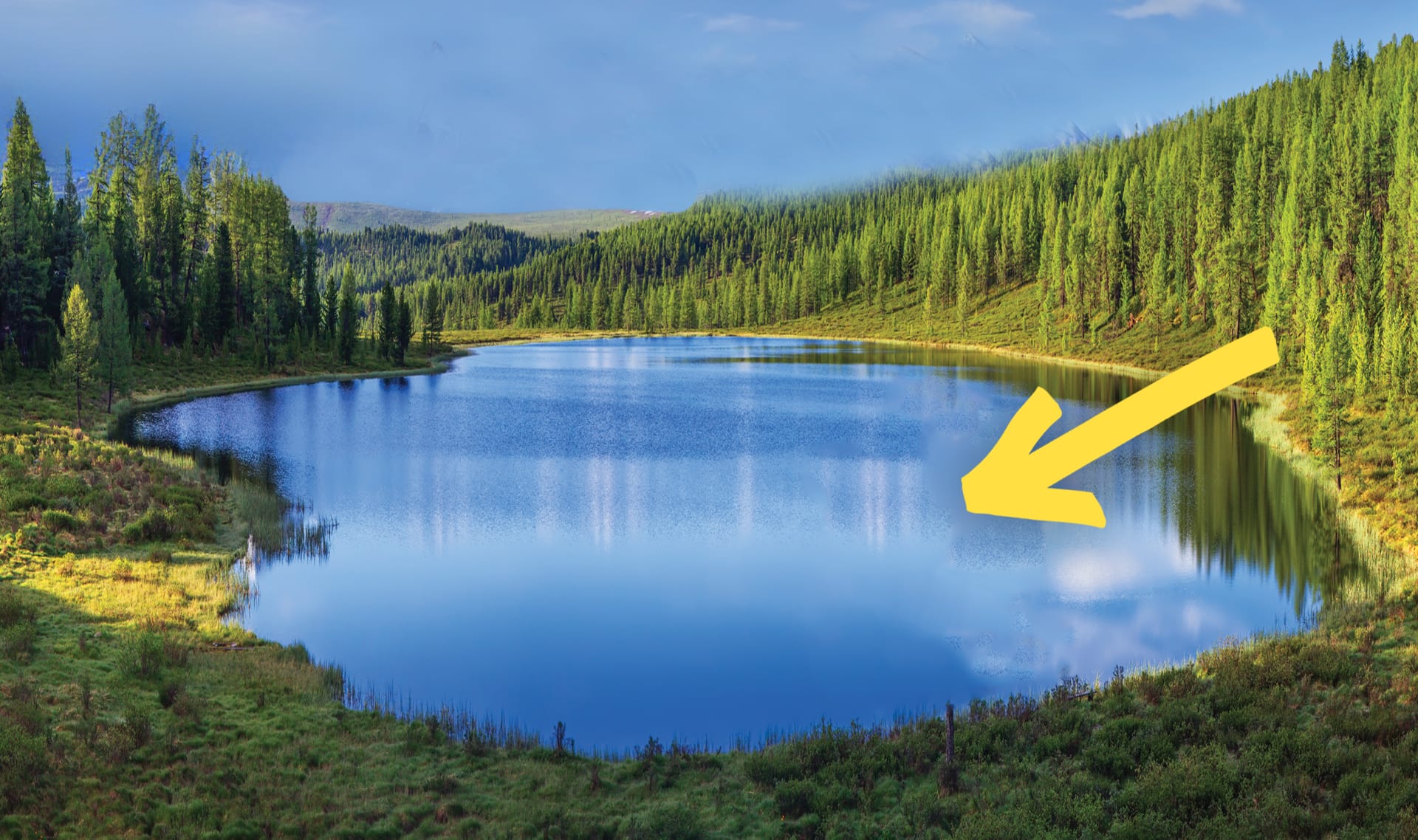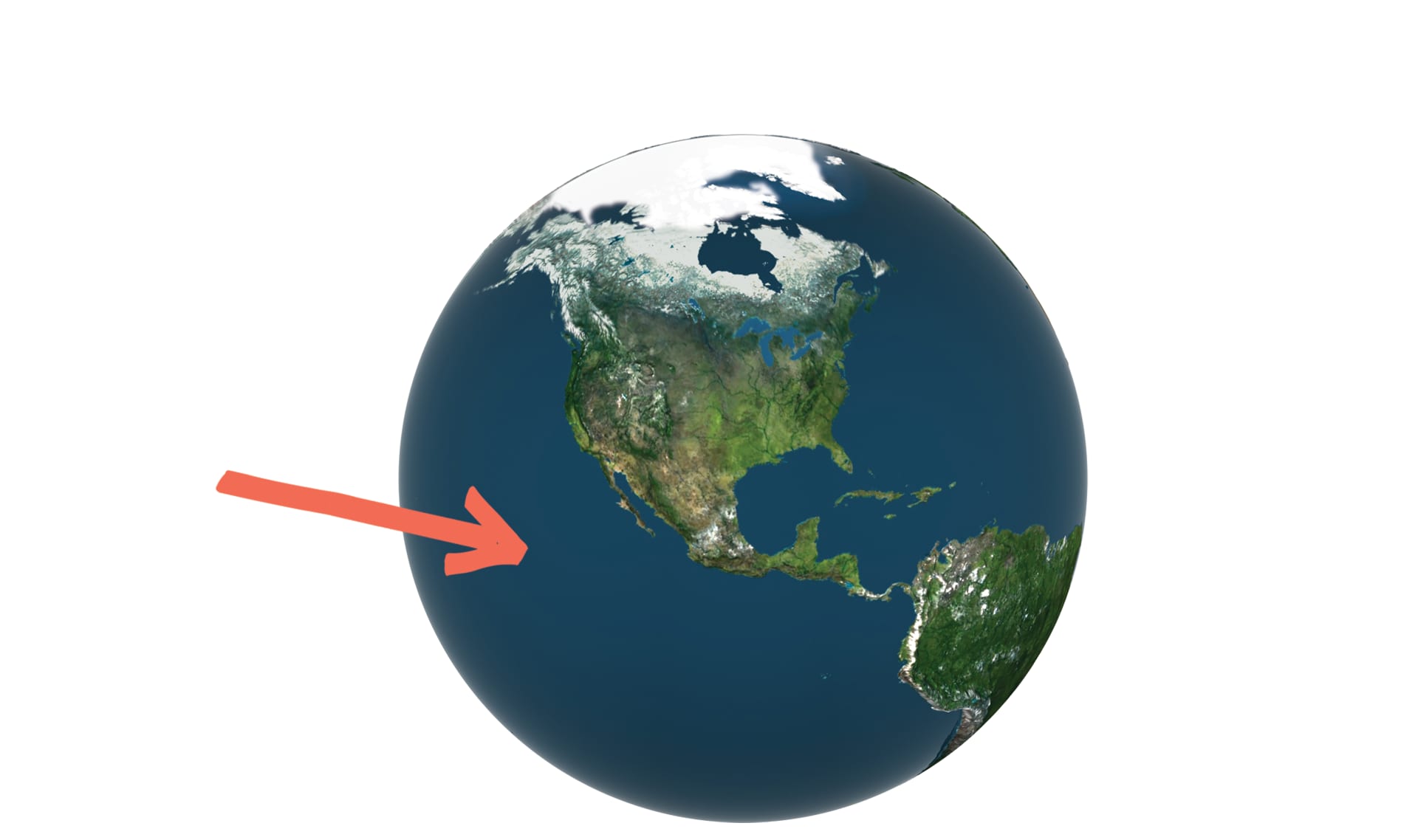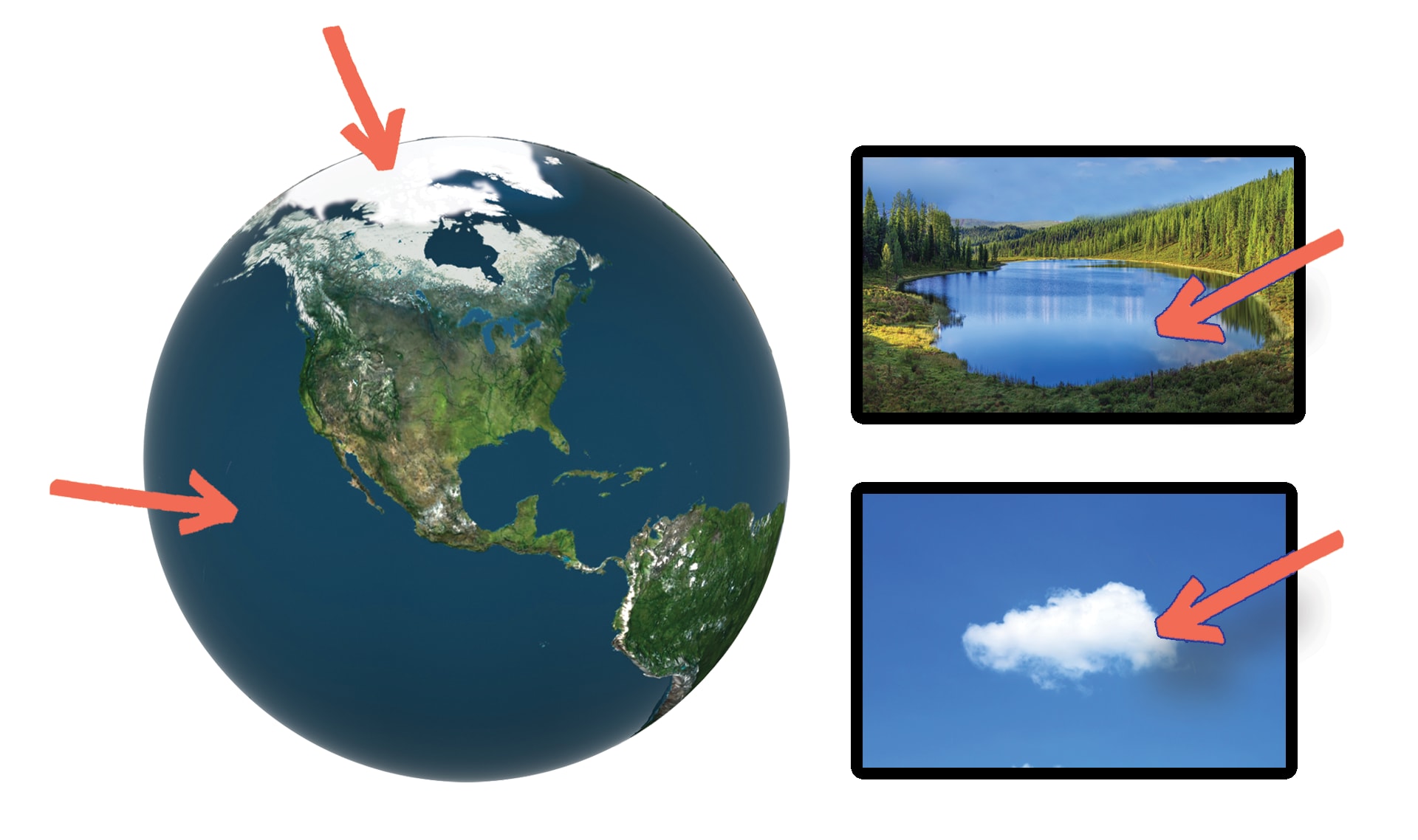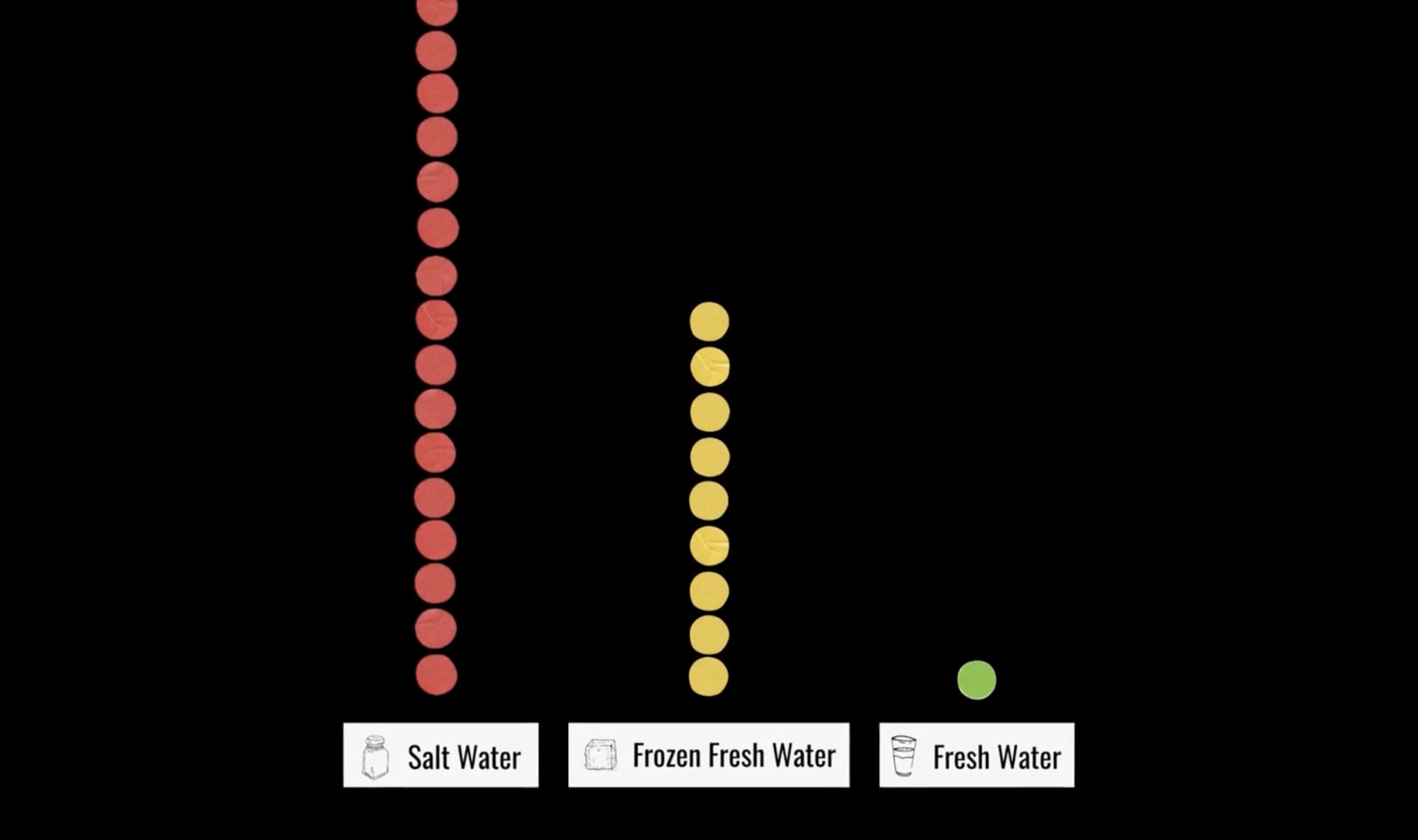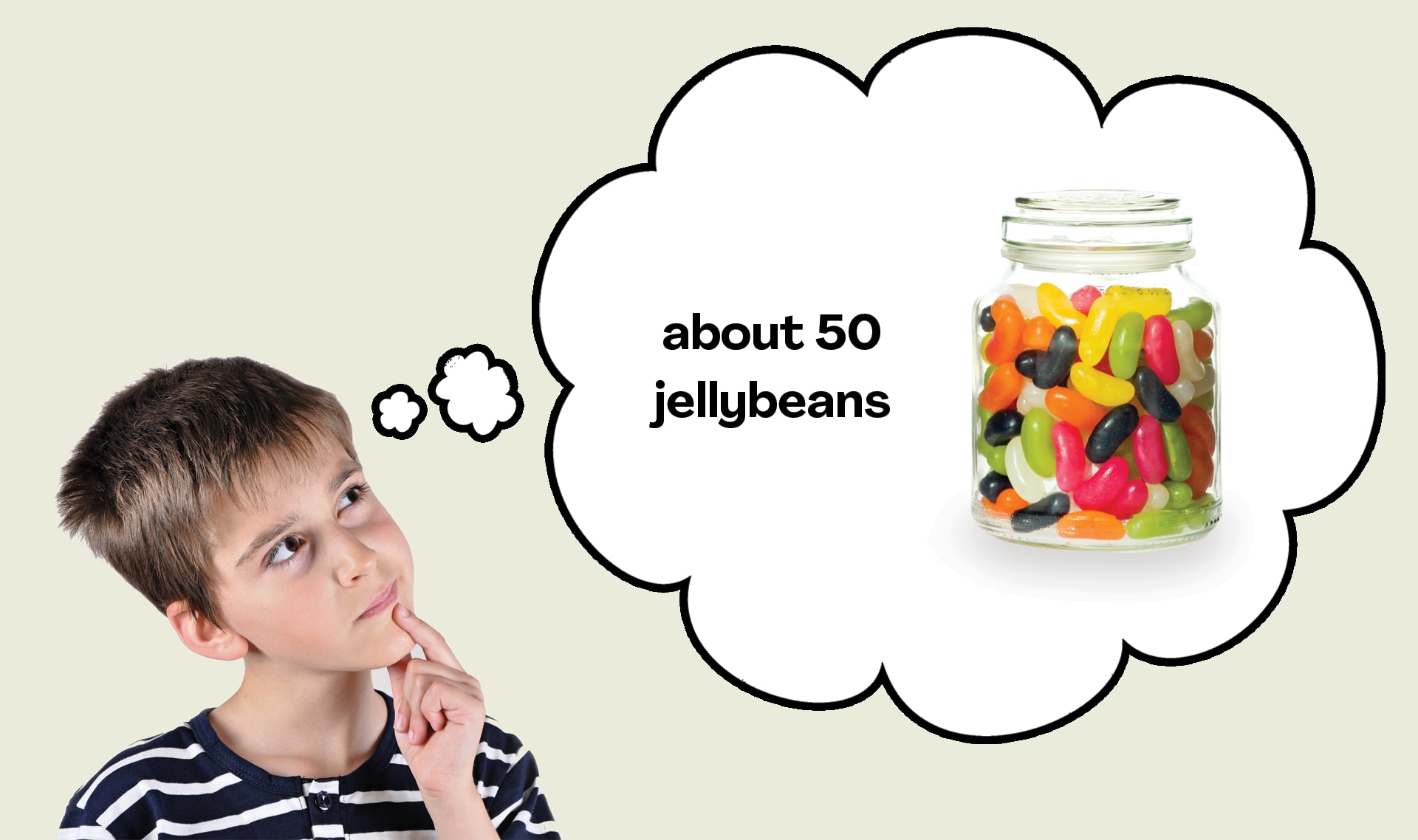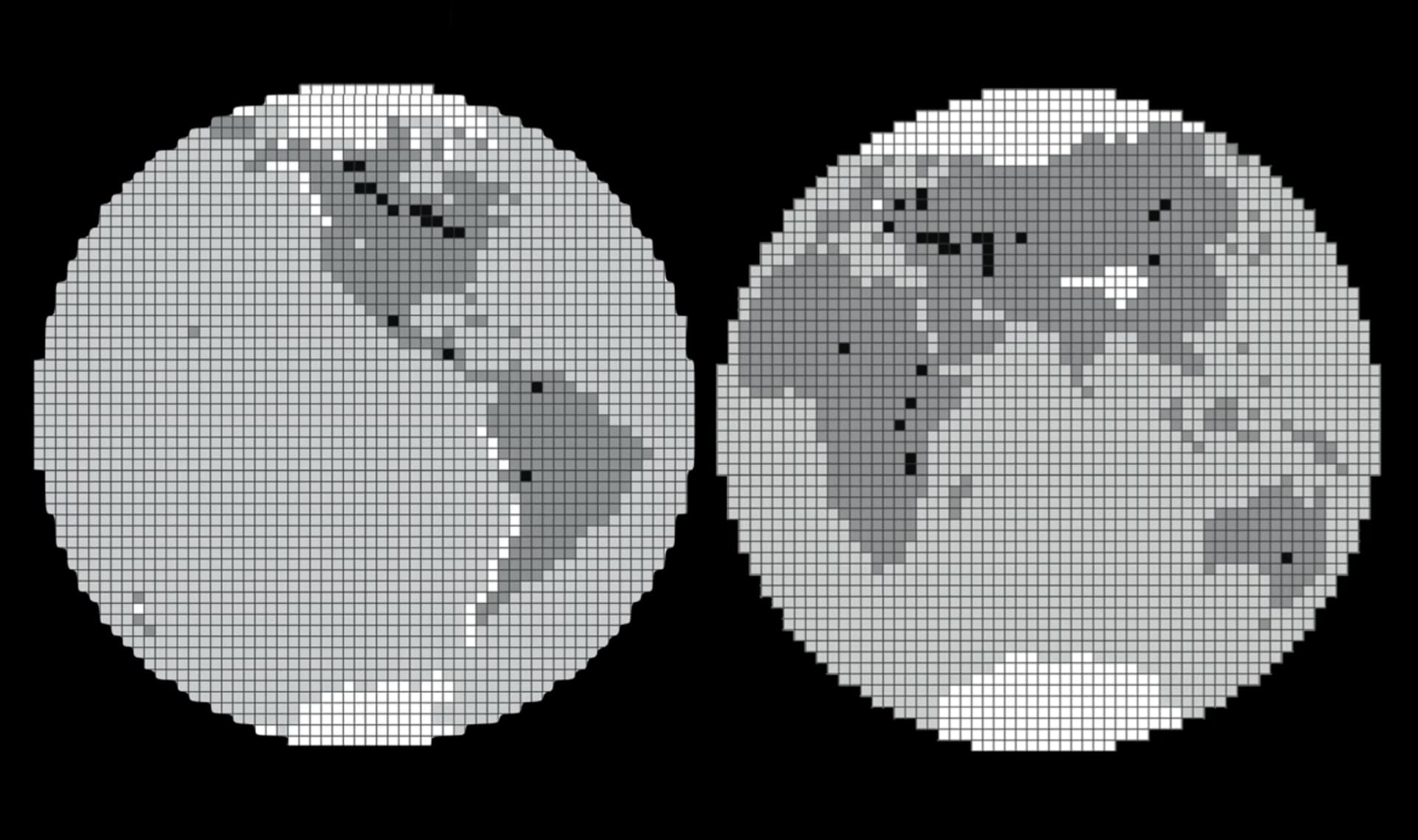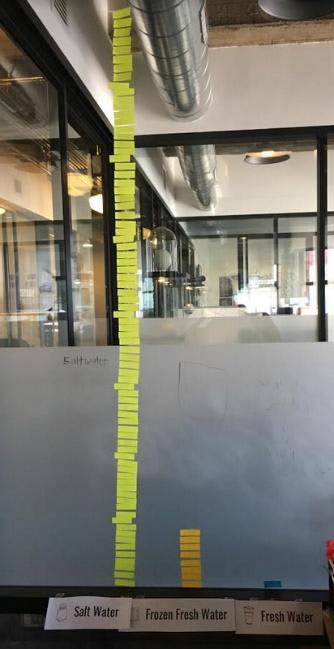Mystery Science respects the intellectual property rights of the owners of visual assets.
We make every effort to use images and videos under appropriate licenses from the owner or by
reaching out to the owner to get explicit permission. If you are the owner of a visual and
believe we are using it without permission, please
contact us—we will reply promptly and make
things right.
Other
goldfish in fishbowl by
Image used under license from Shutterstock.com: r.classen
seawater blue by
Pexels
, used under Public Domain
washing hands in sink by
Image used under license from Shutterstock.com: Thanakorn Hongphan
girl drinking water by
Image used under license from Shutterstock.com: picturepartners
groceries by
Pixabay
, used under Public Domain
planet earth by
NASA
, used under Public Domain
pouring orange juice into bottle by
Image used under license from Shutterstock.com: somsak suwanput
caught fish in wooden crates by
Image used under license from Shutterstock.com: dzorikto
cup of tea by
Image used under license from Shutterstock.com: Africa Studio
fisherman by
Image used under license from Shutterstock.com: somsak suwanput
jellyfish held in hand by
Image used under license from Shutterstock.com: Valeriia Serykh
sprite can by
Image used under license from Shutterstock.com: Abramova Elena
coffee in paper cup by
Image used under license from Shutterstock.com: Africa Studio
scuba diver under water by
Pixabay
, used under Public Domain
boat in ocean by
Pexels
, used under Public Domain
great white shark by
Image used under license from Shutterstock.com: Elsa Hoffmann
interior blue bathroom by
Image used under license from Shutterstock.com: Artazum
great white shark fin above water by
Image used under license from Shutterstock.com: Sergey Uryadnikov
running shower head by
Image used under license from Shutterstock.com: Telekhovskyi
hand scooping water by
Image used under license from Shutterstock.com: Janis Smits
toothbrush under running water by
Image used under license from Shutterstock.com: rodimov
flushing toilet by
Image used under license from Shutterstock.com: Timin
video of vast ocean by
OG Pyro
salt and salt shaker by
Image used under license from Shutterstock.com: Yulia Furman
small boat in the ocean by
Image used under license from Shutterstock.com: Pushish Images
irrigation of farmland by
Image used under license from Shutterstock.com: Rudy Umans
gray map of the united states by
Image used under license from Shutterstock.com: Miceking
hand scooping water by
Image used under license from Shutterstock.com: hidesy
salt shaker by
Image used under license from Shutterstock.com: Nature Art
buckets of water by
Image used under license from Shutterstock.com: Sutichak
crystal geiser bottle by
Webstaurant Store
, used under Public Domain
rain cloud by
Image used under license from Shutterstock.com: Sergey Nivens
faucet by
Image used under license from Shutterstock.com: ILYA AKINSHIN
water bottle by
Image used under license from Shutterstock.com: Bluskystudio
running faucet by
Image used under license from Shutterstock.com: Saran Jantraurai
blurry man holding umbrella by
Image used under license from Shutterstock.com: CHOKCHAI POOMICHAIYA
grand teton national park by
Image used under license from Shutterstock.com: Pung
icebergs by
Image used under license from Shutterstock.com: leospek
